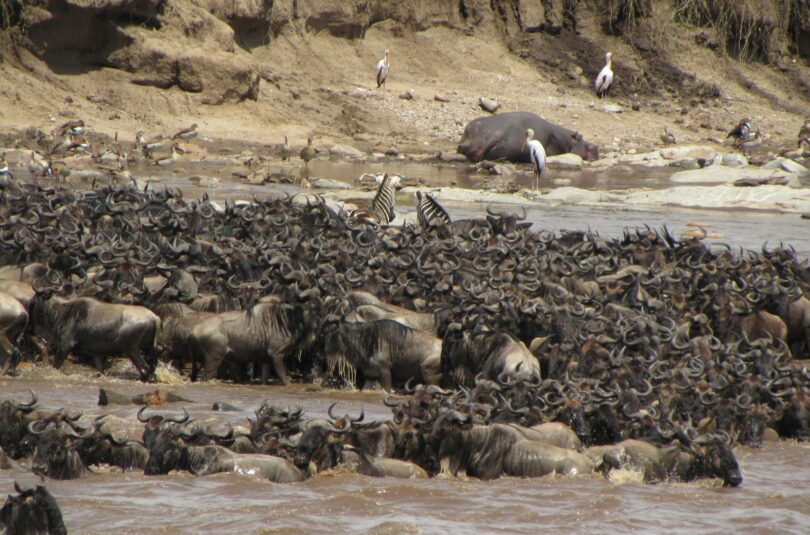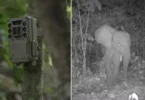Every year, Africa hosts one of the most awe-inspiring natural events on Earth: the mass migration of animals across vast landscapes. But in 2025, these iconic migration routes are undergoing noticeable changes. From new climate patterns to shifting landscapes, wildlife is adapting—and fast.
Let’s dive into how these animals are reinventing survival along Africa’s most famous routes.
The Great Wildebeest Migration
The Great Migration in East Africa is one of the world’s most spectacular wildlife events. Over 1.5 million wildebeests, accompanied by zebras and gazelles, move in a giant circle between Tanzania’s Serengeti and Kenya’s Maasai Mara.
In 2025, scientists are seeing shifts in the migration’s timing. Rain patterns are less predictable, meaning wildebeests start moving earlier or later than before. The availability of water and grasslands now changes quickly. In response, herds are learning to pause in unexpected areas or split into smaller groups to forage.
Origin: Southern Serengeti, Tanzania
Destination: Maasai Mara, Kenya
When: Year-round, with peaks between July and October
Elephants of Botswana and Zimbabwe
African elephants are intelligent and deeply aware of their surroundings. In the past, they traveled long distances across Botswana, Zimbabwe, Namibia, and Zambia in search of water and food.
By 2025, increasing droughts and human developments like fences and farmlands are altering these routes. However, elephants are adapting by using memory and communication to find new watering holes and safer passageways. Some conservation groups are helping by creating “elephant corridors”—safe routes that connect fragmented habitats.
Origin: Okavango Delta, Botswana
Destination: Hwange National Park, Zimbabwe
When: Typically during the dry season, May to October
Zebras in Namibia’s Harsh Desert
Namibia’s desert zebras take a unique migration route from the Namib Desert to the Hoanib River Valley, covering over 150 miles. It’s one of the driest migrations on Earth, with no permanent water sources.
Climate stress has forced zebras to migrate more frequently in recent years. In 2025, zebra herds have started to leave earlier in the season and stay closer to temporary water holes created by sudden desert rains.
Origin: Namib Desert
Destination: Hoanib River Valley
When: Triggered by seasonal rains, typically January to March
Flamingos on the Rift Valley Lakes
Lesser flamingos in East Africa migrate between lakes like Natron, Bogoria, and Nakuru. These migrations are closely tied to algae blooms, which depend on rainfall and lake chemistry.
In 2025, shifting temperatures are affecting algae growth, prompting flamingos to visit less traditional lakes. Researchers say the birds are becoming more flexible in choosing breeding grounds, which could help ensure their survival in an unpredictable climate.
Origin/Destination: Various Rift Valley lakes in Tanzania and Kenya
When: Depends on rainfall, breeding season often between September and April
Why These Changes Matter
Migration isn’t just about movement—it’s about survival. These animals rely on their ancient routes to access food, water, and safe breeding grounds. In 2025, those patterns are no longer as reliable. Yet, nature is showing its remarkable ability to adapt.
Conservationists are using satellite tracking, AI, and community-led efforts to monitor and support these animals. Local communities are also playing a bigger role in protecting migration paths.
These migrations reveal more than just animal behavior—they show the resilience of life and the importance of ecological balance. If migration routes fail, entire ecosystems could collapse.
By studying how these routes are reinventing survival in 2025, we gain insight into how nature responds to global changes. It’s a reminder that protecting wildlife doesn’t only preserve animals—it safeguards the systems we all depend on.









